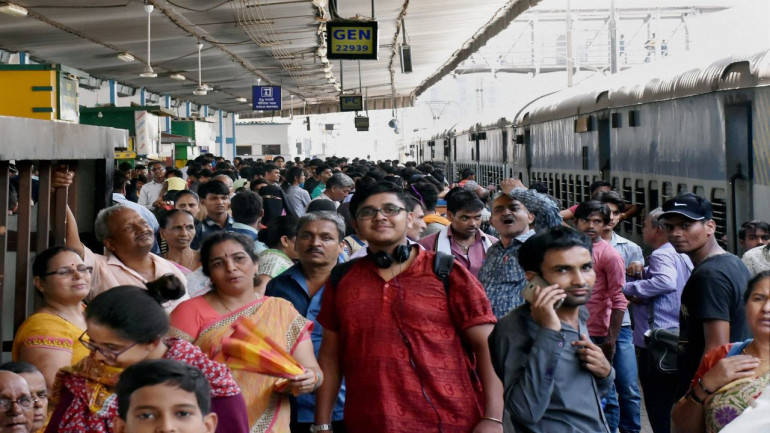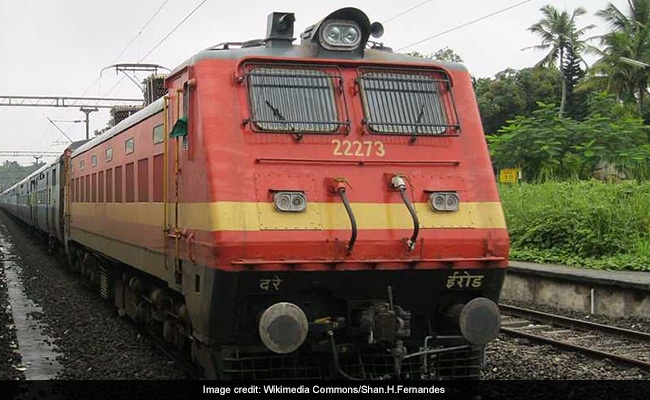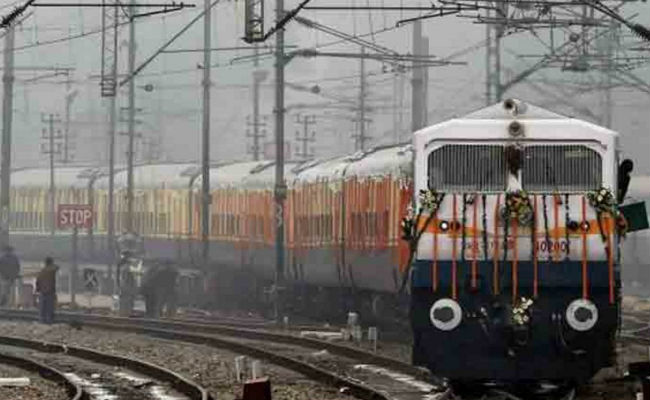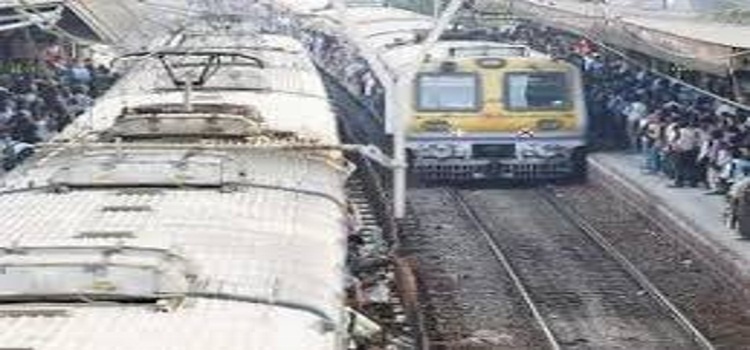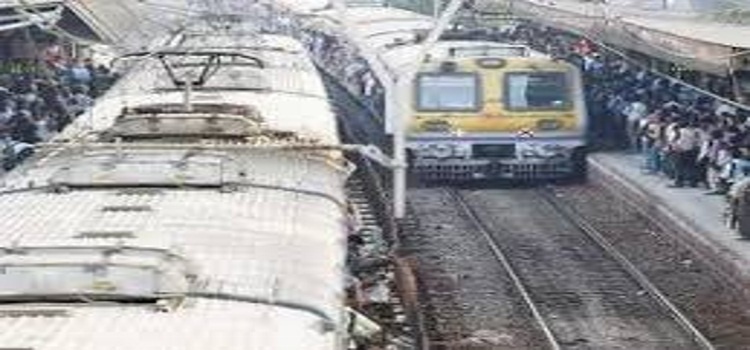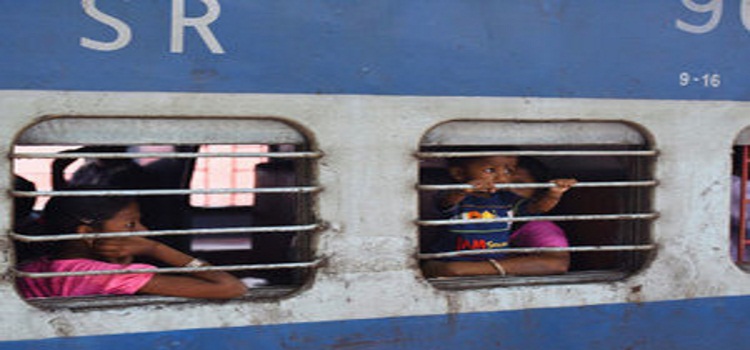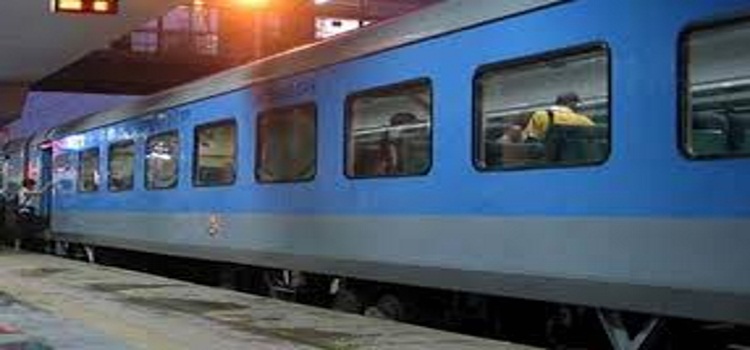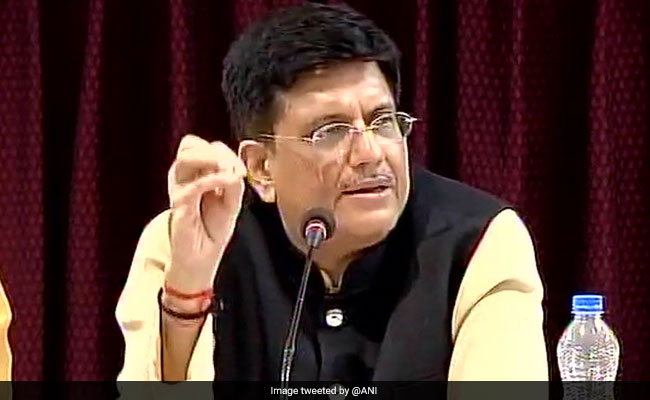
Railway minister Piyush Goyal is embarking on surprise visits and inspections of railway stations and trains, aiming to improve passenger services as well as hear grievances of rail staff.
During a midnight inspection of Churchgate and CSMT stations in Mumbai on Friday, the minister was “distressed” with the condition of restrooms and waiting places for loco pilots and RPF personnel.
This was not the first time, Goyal since taking over as railways minister in September, made a surprise visit. In October, he had travelled in the Kota Jan Shatabdi to get first-hand feedback from passengers.
On November 27, the minister travelled in Mumbai local train and has also visited Elphinstone Road railway station.
The minister’s strategy seems to be aimed at restoring the national transporter’s image which was seriously dented due to a series of accidents in recent past and off late, train delays.
Goyal’s visit also aimed at motivating employees whose morale is at an all time low due to poor working conditions and declining public image of railways.
With just around 17 months left for the 2019 Lok Sabha polls, the minister is racing against time to make a ‘visible impact’ in the functioning of railways with some officers suggesting that the ruling BJP dispensation is already at a disadvantage having changed railway ministers three times in the last three and a half years.
Sadananda Gowda and Suresh Prabhu were Goyal’s predecessors since BJP wrested power at Centre in 2014. The transporter suffered due to changed priorities and focus areas due to change in political leadership.
Along with making surprise visits to make officials accountable, Goyal has been trying to fast-track decision-making, pushing long pending reforms in taming and revamping the colonial-era rail bureaucracy, though sometimes these attempts have rubbed officials the wrong way.
Goyal’s ‘corruption in railways’ remark, which was clarified by his ministry later, caused damage to morale, some observers have suggested. So was the decision to call in the Army to build foot-over-bridges in Mumbai suburban after Elphinstone tragedy.
Goyal’s, along with chairman railway board Ashwani Lohani’s much-publicised call to end ‘VIP culture’ in railways did not go down well with many officers who believed it portrayed a negative image in public eyes and it could have been done without making as much ‘noise’.

